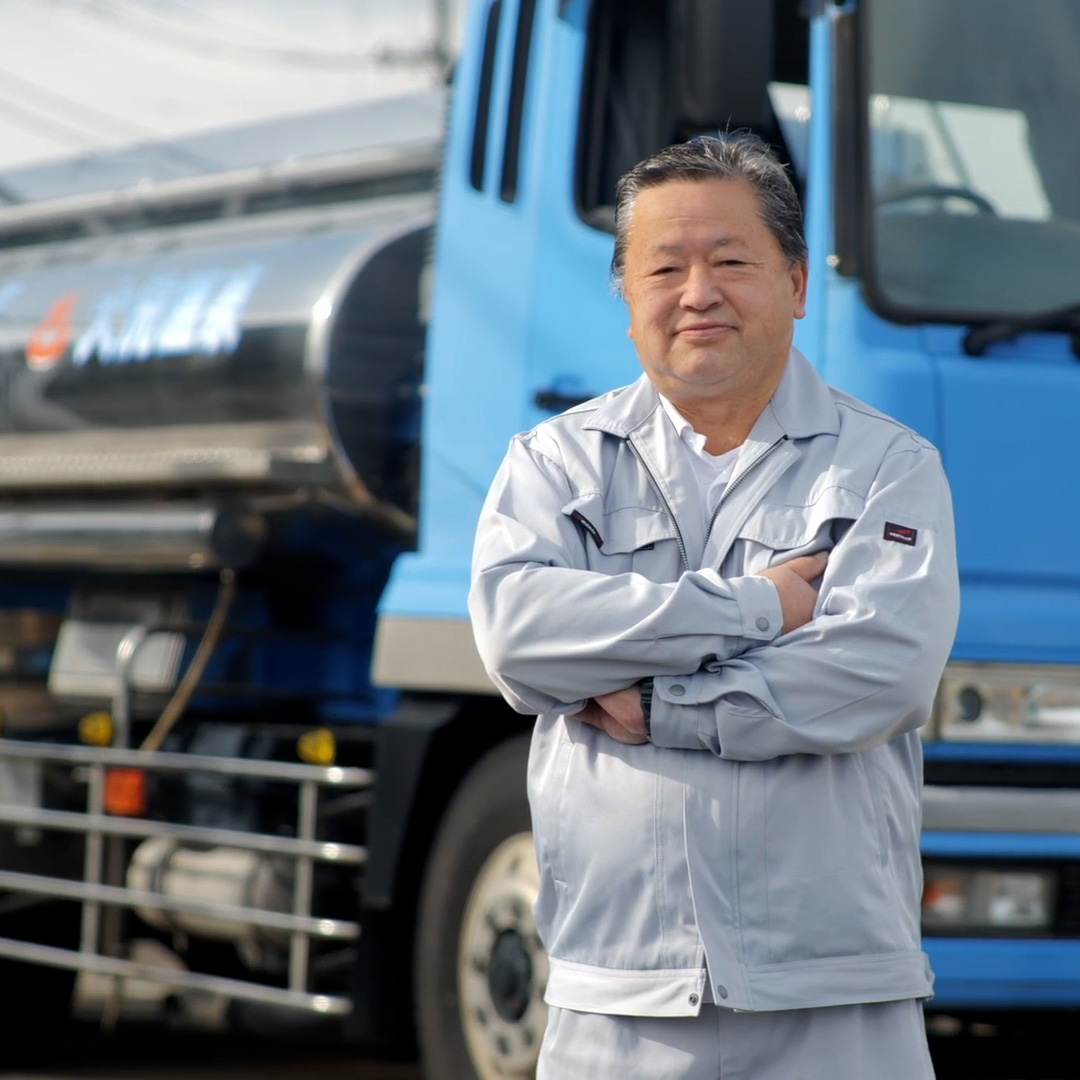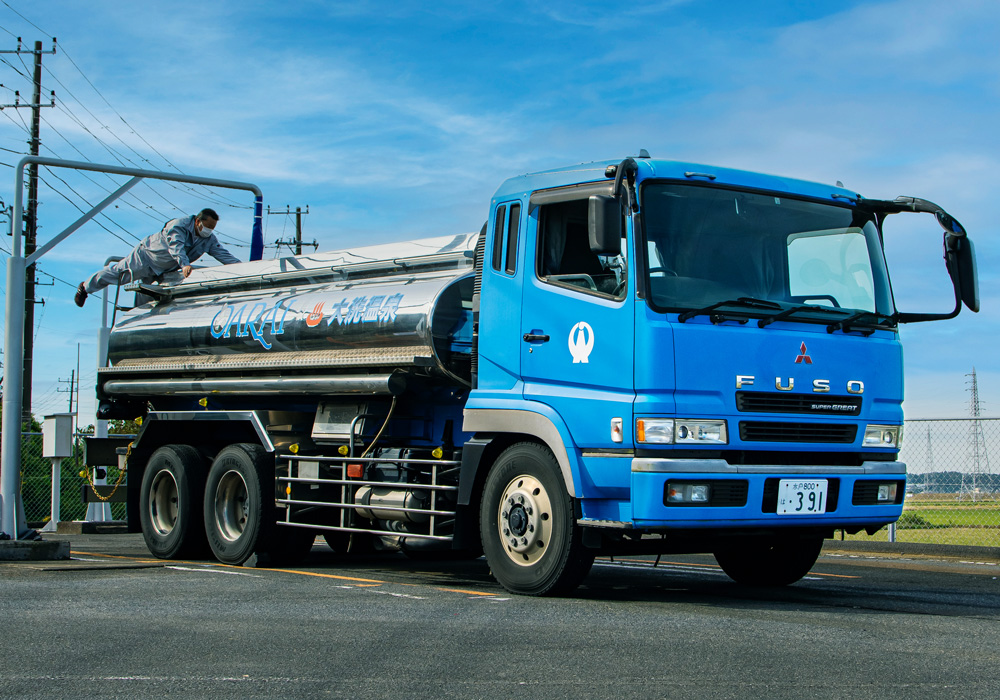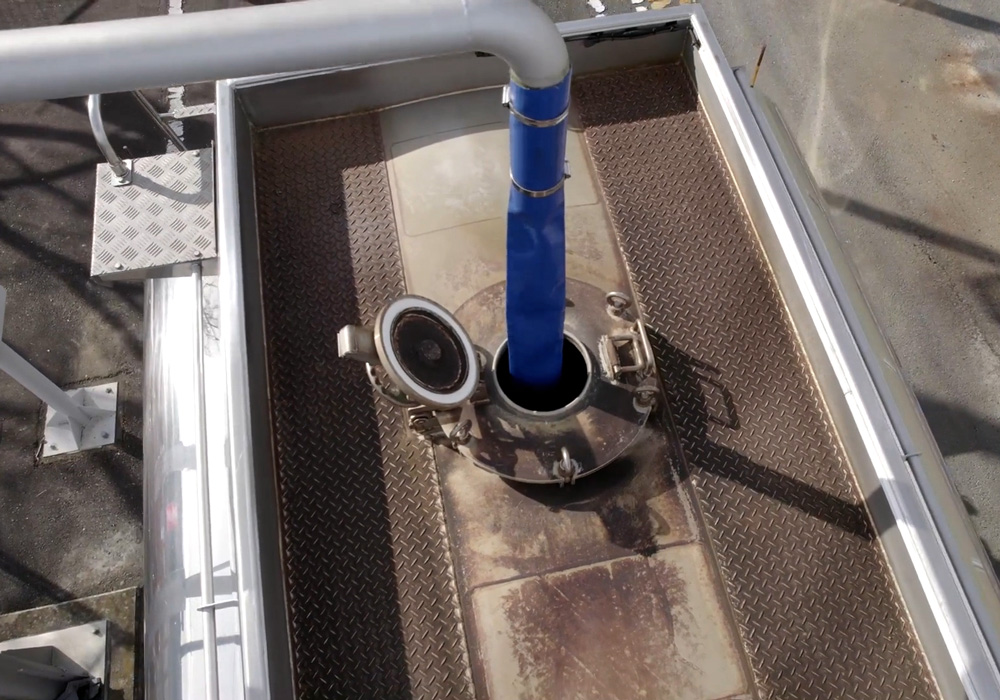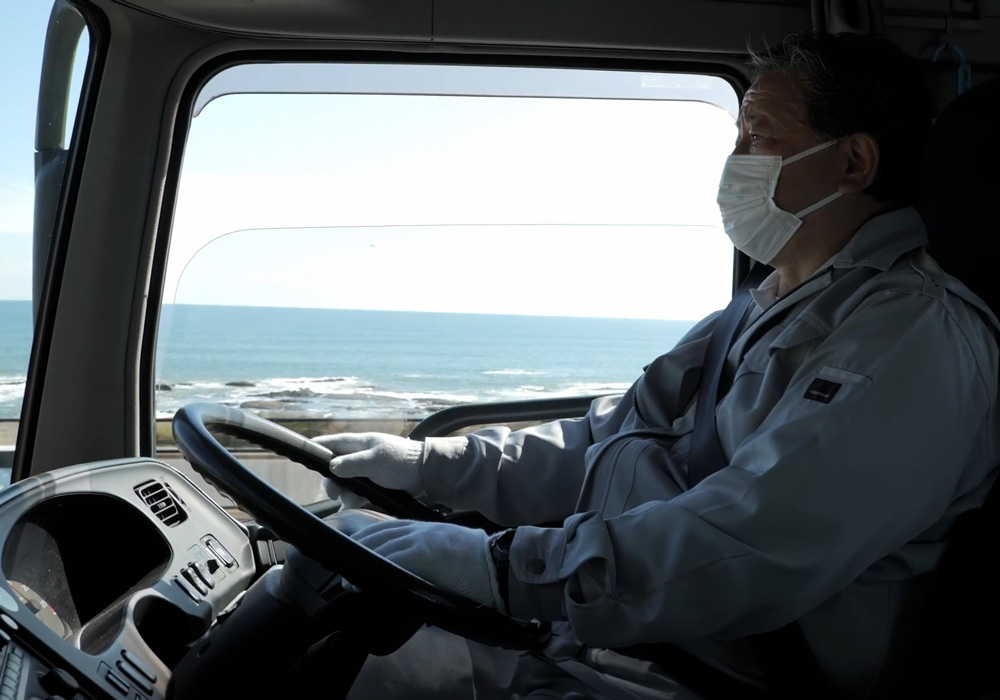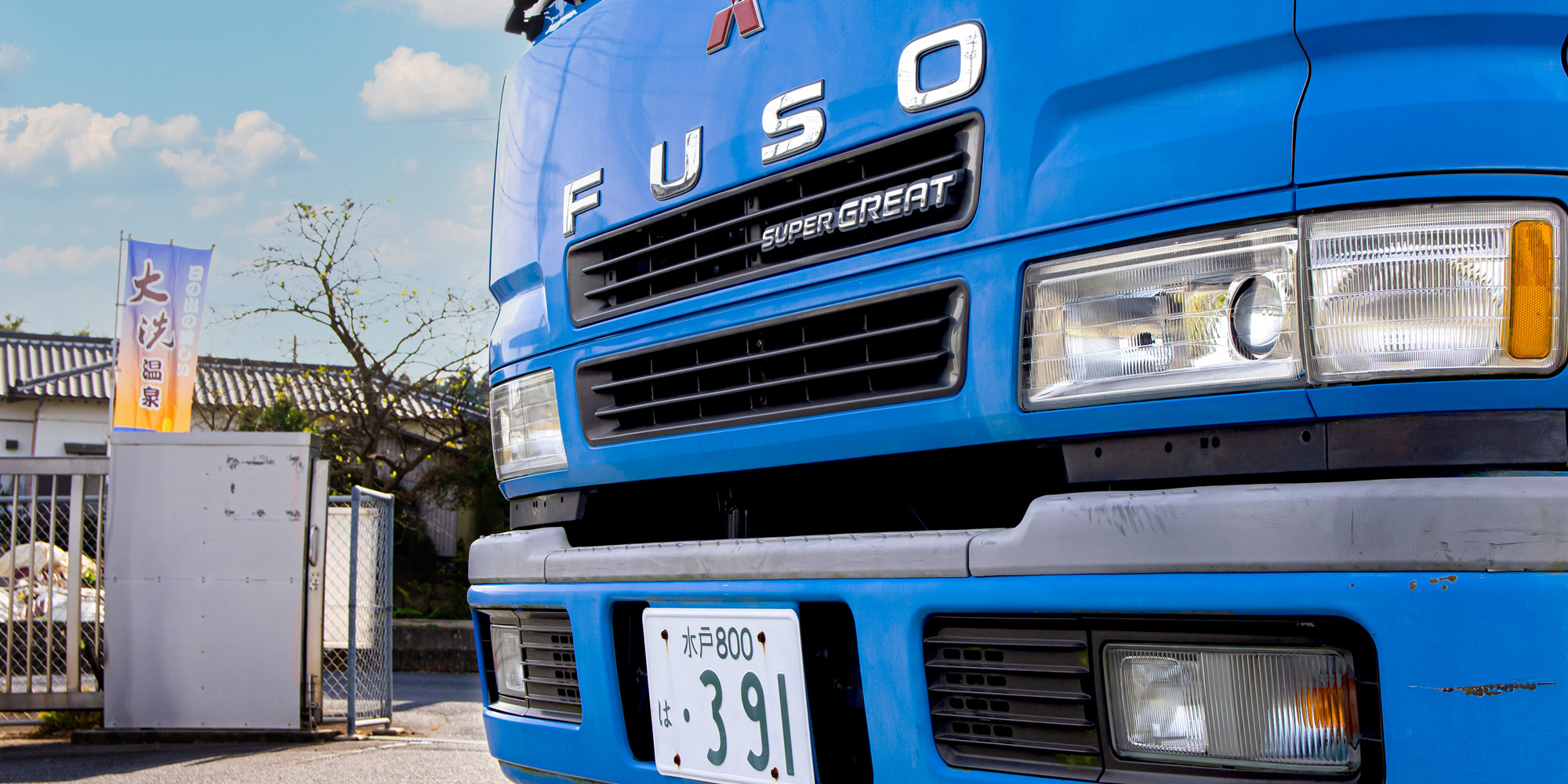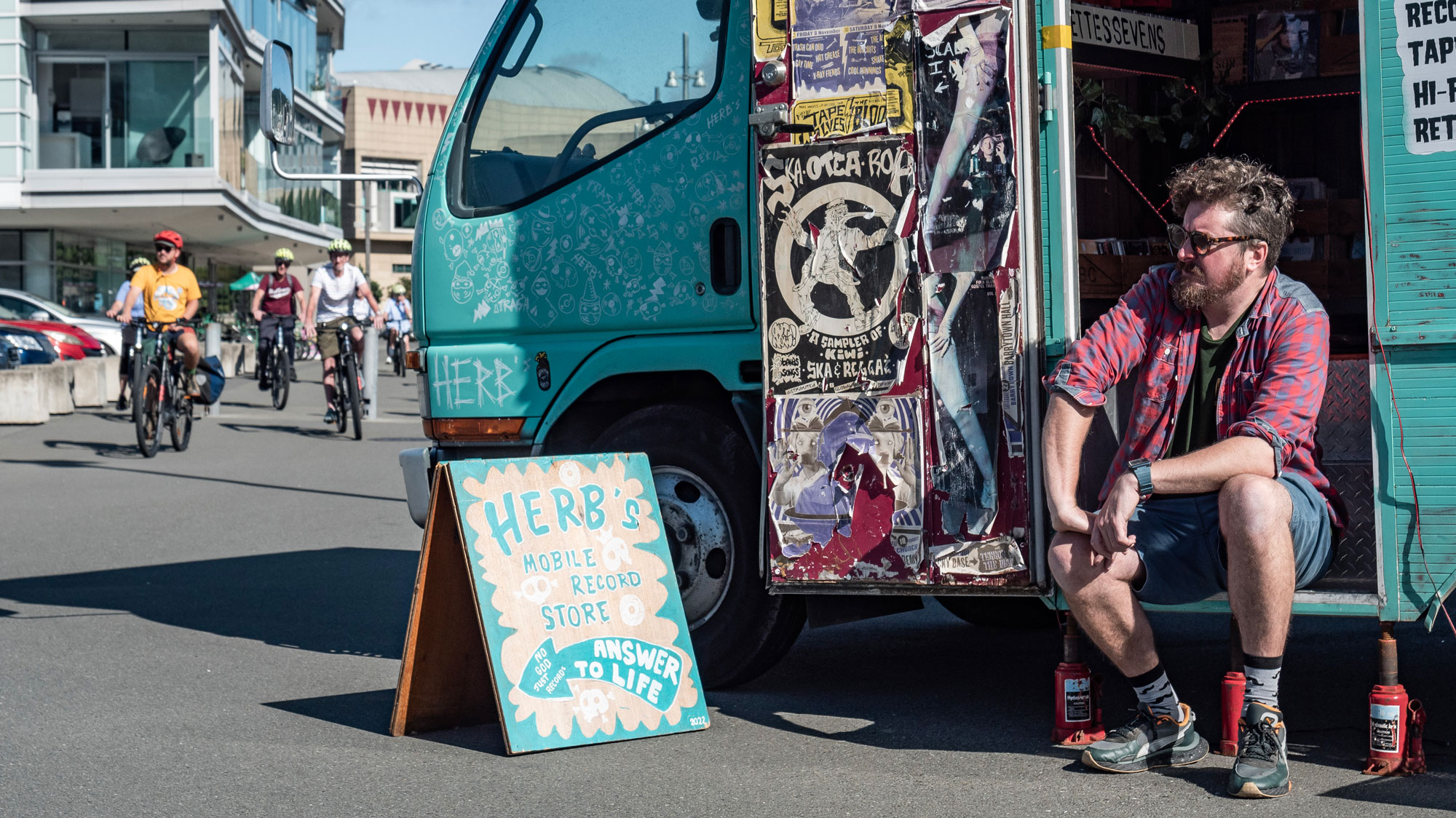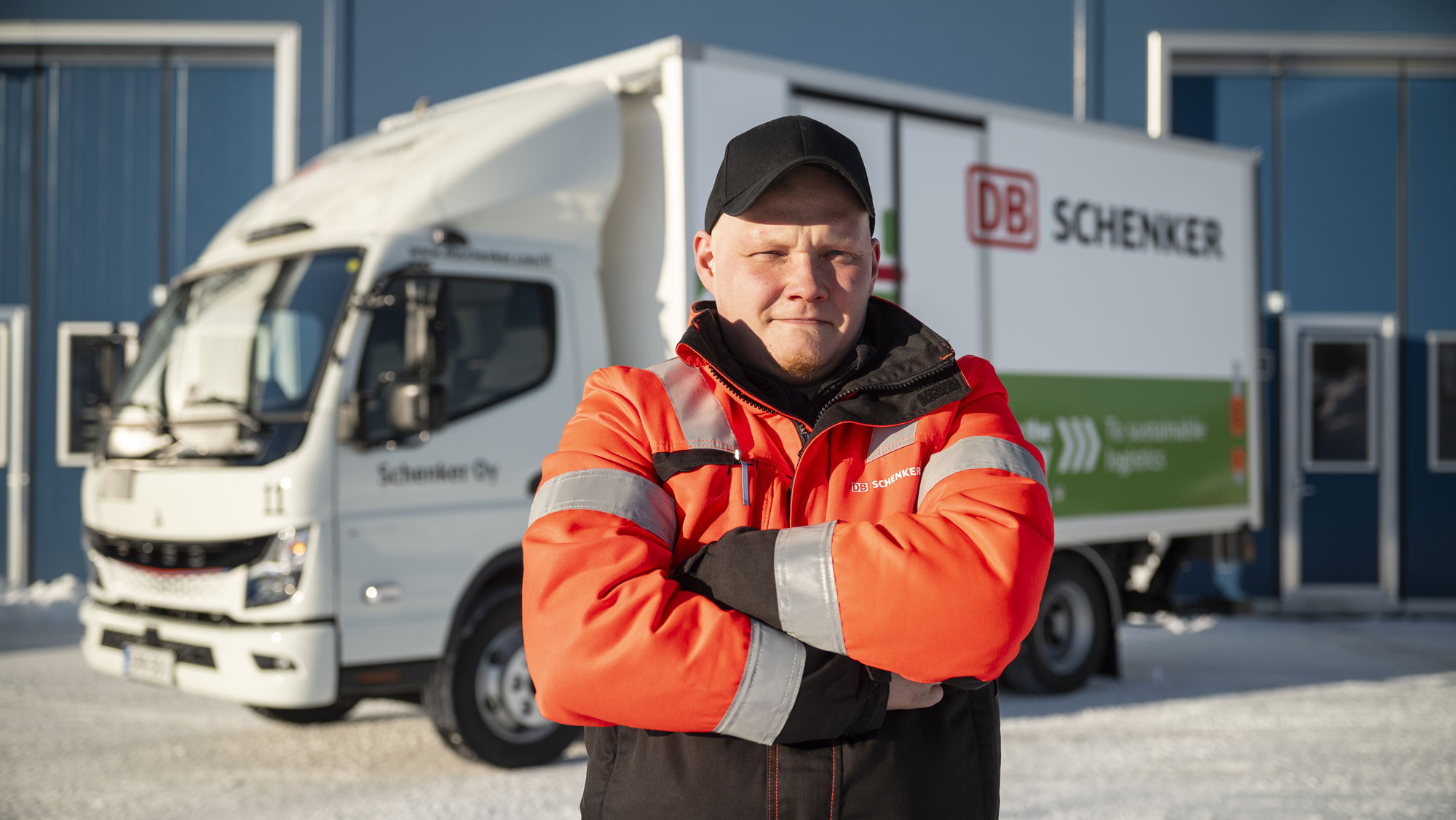
Upon arriving in Ōarai, in Ibaraki Prefecture, you are immediately struck by how integral water is to life in this quaint village. To the west lies gorgeous Lake Hinuma, one of the largest and most picturesque in Japan, to the east lies the Pacific Ocean, and to the northwest, just off the edge of town, flows the Naka River. It’s no surprise then that Toshiaki Kamogawa would eventually find himself in a water-related profession. However, the particulars of his job are unique, to say the least.
Thanks to a burgeoning tourism industry, the area has seen visitors sky-rocket to a whopping three million annually over the past five years. This spike, and the increased need for daily onsen water delivery, gave rise to new business opportunities, which is where Kamogawa-san and his truck come in.

